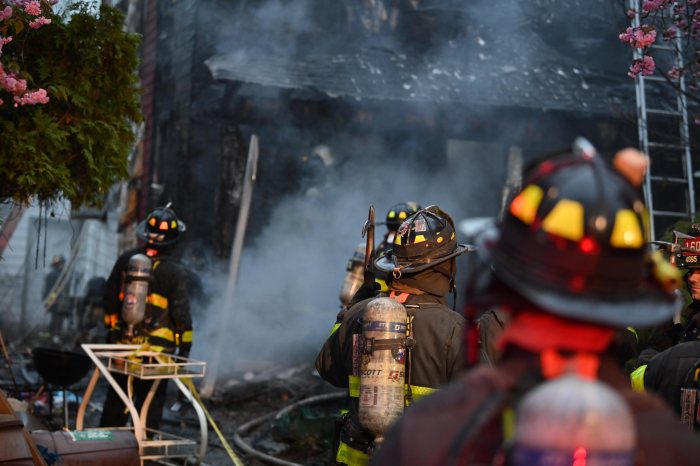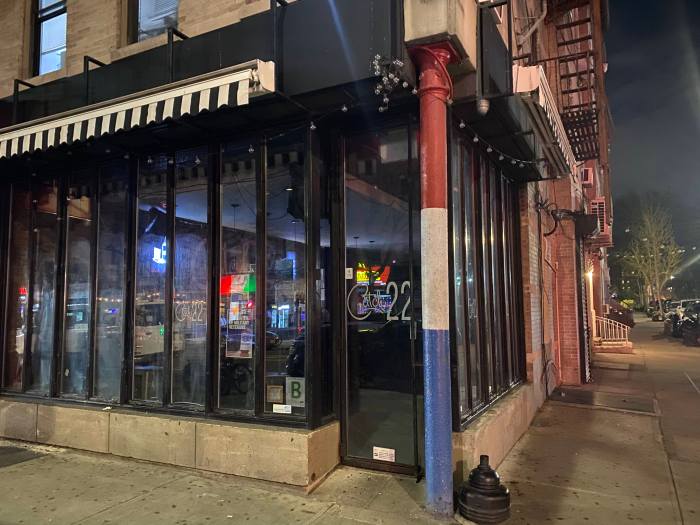
The Crop to Cup Coffee Importers on Third Avenue in Brooklyn started to get very busy at about noon one cool day last week. The crowd was ready for a hot, complex pour-over and some locally sourced pastries and sweets.
But as owner Taylor Mork explained to customers the citrus notes of one blend and the African origins of another, he waited for someone to ask about his real passion: raw, green beans and the means to roast them at home.
Mork, who has always provided raw beans to local roasters, sold his own roasted coffee for several years — a crowded endeavor in Brooklyn. But this fall he stopped and bet that everyday New Yorkers would want to try their hand at home roasting. He’s still waiting for that gamble to pay off.
“It was a big change in our company,” he said. “We were sort of getting out of the roasted coffee game. It came to a point where we were cannibalizing our time and our efforts in concentrating on the branding game.”
The hope is that foodies, who are not hard to find in the Gowanus/Park Slope area, will equate roasting their own beans to cheesemaking or brewing their own beer, both popular activities.
But unlike making ricotta, home-roasting coffee beans is time consuming. The roasted beans have to rest for three days before they can be used and the smell isn’t exactly pleasant, said Michael Pollack, a co-owner of Brooklyn Roasting Company.
Pollack, who started as a home roaster himself, said while the practice is not without its challenges, he encourages anyone with a curiosity to try it.
“It might be an appealing idea to some people but it really, in some ways, flies counter to a number of current trends in coffee — it’s as polar opposite to K-Cups as one could possibly imagine,” Pollack said. “There’s nothing like making something yourself and roasting it your own way. I did it because I loved to do it. I still roast at home on weekends because I love that very close contact with the beans.”
Home roasters can use everything from a modified-popcorn maker to a sheet pan in the oven to a $2,000 “Cadillac” countertop roaster, Mork said. He sells the gamut.
“You can make it as complicated or as simple as you want,” Mork said. “The benefit of doing it yourself, at home, would be freshness. You could roast small batches, you could roast your own blend.
“We’re kind of bridging the gap between the consumer green beans and the commercial green beans,” he added.
Enormous canvas bags filled to the brim with unroasted beans, still sealed after their long travel from the farm, lay piled along the back wall. Mork remodeled his shop and started selling the raw beans in August.
Chris Wright, who walked into Crop to Cup to buy a cup of coffee, said he would consider trying home-roasting — his girlfriend even does it. But the Sunset Park resident likes the convenience of simply buying his coffee already made.
“I’m usually on the run,” said Wright, a 43-year-old attorney “It seems very easy, I’m probably just too lazy to do it.”
Wright figured he’d “save a fortune” if he roasted at home. Two-pound bags range from $8.50 to $13, depending on the quality.
Brad Reina, 31, said he’s curious about the process, but didn’t seem keen on making it an everyday thing. For what it’s worth, Reina said he liked Crop to Cup’s roasted beans before they switched to the green ones.
“It’s something I might give a shot, just to see how it turns out,” said the graduate student. “As a project I might try it.”
















